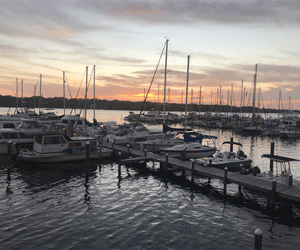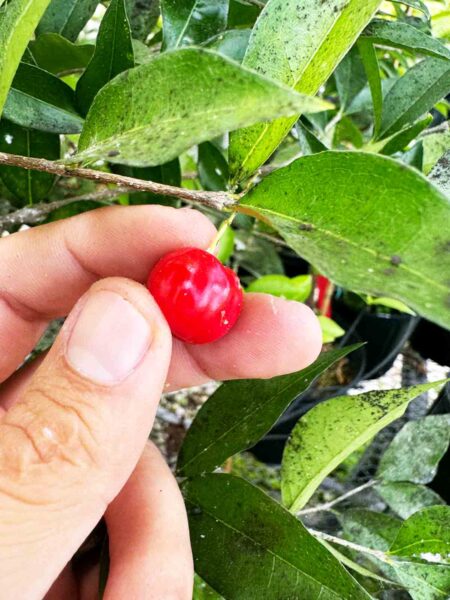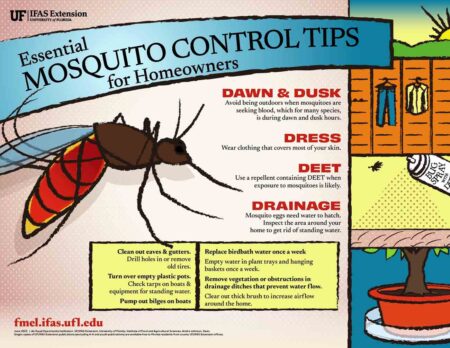NORTH FLORIDA — Routinely applying a layer of soil or sand to a lawn can cause more damage than good. This practice is sometimes referred to as topdressing.
You can introduce weed seeds, nematodes and even diseases with some sources of lawn dressing. The main reasons to apply a layer of soil or sand to a lawn are to fill in low or bare areas, as a method of dealing with an identified thatch problem or possibly to cover surface tree roots.
Topdressing your lawn with sand on a regular basis is not a recommended practice.
Topdressing soil should be free of weeds and nematodes and should be of the same soil type (texture) as that on which the turf is currently growing.
While minor low spots can be corrected this way, you can easily overdo it and smother your lawn. Using topsoil from an unknown source may introduce undesirable plants and weeds into the landscape, creating additional work and expense to correct the problem.
It can be difficult to evenly spread the sand in a timely manner.
Homeowners start with the best intentions of spreading the sand consistently and finishing by the end of the day only to find that the job is slow and difficult. The sandpile remains in the same spot for days, or longer, shading out and frequently killing the grass below.
Once the initial enthusiasm wanes, just trying to reduce the mountain of sand overcomes the objective of spreading it consistently and evenly over the lawn. The end result is dozens of small mounds of sand all over the lawn.
To fill a low spot, shovel the sand, no more than about an inch or two in depth, into the area. It’s best to maintain the lawn normally until the grass has grown on top of the first layer. Repeat until the low spot is filled.
Homeowners are sometimes convinced that topdressing will improve the condition of their lawn by increasing the spread and thickness of their turf.
“Topdressing home lawns has minimal agronomic benefits” according to Dr. Bryan Unruh, University of Florida Extension Turfgrass Specialist. When asked his advice for homeowners on topdressing, his reply was “don’t.”
On Wednesday, March 16, I’ll provide a seminar titled Getting Ready for Another Lawn Growing Season.
This hour-long presentation begins at 10 a.m. and will be held at the Okaloosa County Extension Office located at 3098 Airport Road in Crestview.
During this presentation, I will cover four common lawn mistakes. Correcting these mistakes can result in a better lawn that requires less inputs, time and money.
Please register for this free seminar using this link. Space in limited.
For additional info or for assistance, call (850) 689-5850.
Larry Williams is the Extension horticulture agent with the Okaloosa County Cooperative Extension Service, University of Florida. Contact Larry at 689-5850 or email lwilliams@myokaloosa.com.







